The cosmetics market in China is one of the most flourishing markets in the world and it is “young”, while it is developing only for thirty years.
10 trends 2024 , all beauty marketers need to know
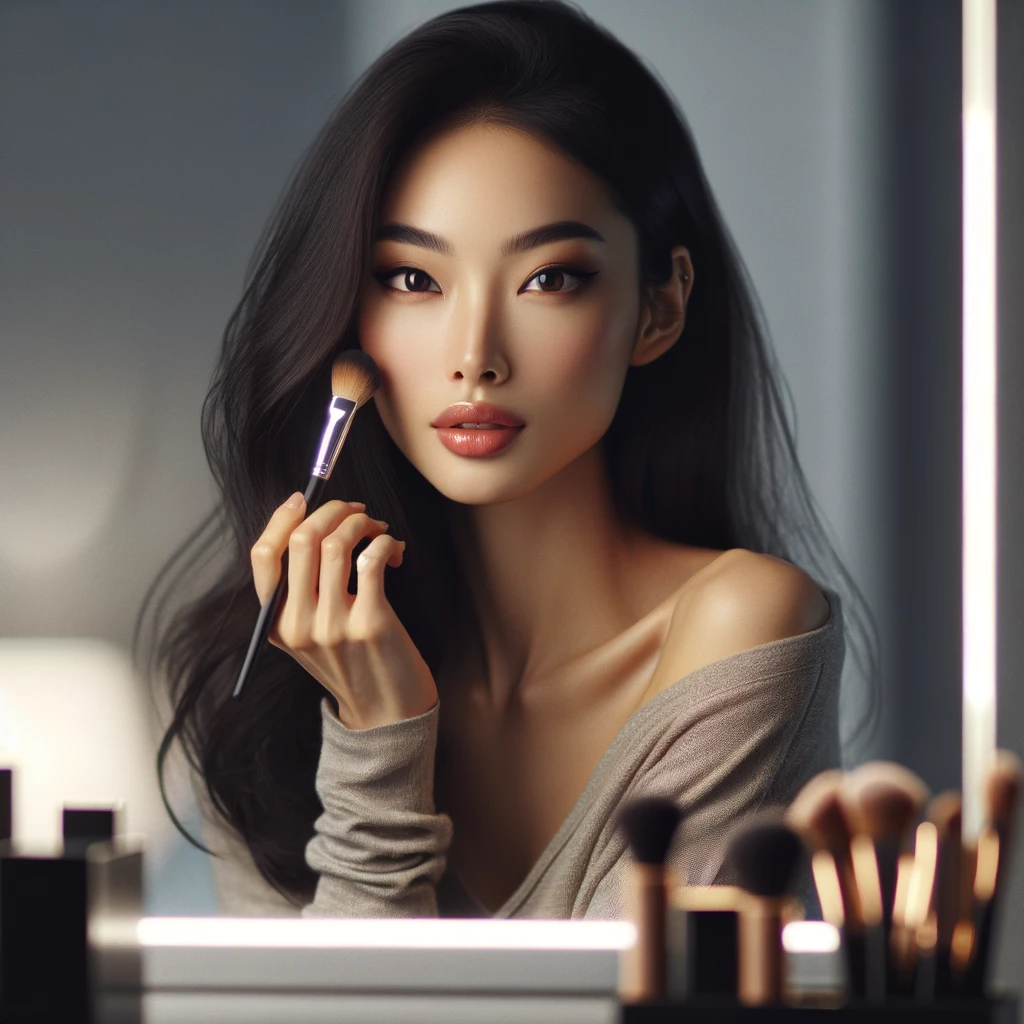
Clean Beauty: It’s not just a trend; it’s a movement! Over half of Gen Z is turning their backs on harsh chemicals, embracing plant-based potions instead. The beauty world is taking note, slashing packaging and embracing eco-friendly practices. Imagine scrolling through Instagram and seeing your favorite influencer rave about a new bamboo-packaged, aloe-infused moisturizer that promises a greener planet and a glowing complexion.
Derma Skincare: Dermatologically-approved is the new black. With a market ballooning to $52.12 billion, it’s clear: people want results, not just promises. Clinical trials are the new influencers, and nearly half of this booming industry is set to be in China. Picture a TikTok where a user documents their journey with a science-backed acne serum, showing off the dramatic before-and-after results.
Mass Fragrance: The fragrance world is getting a makeover. No longer the exclusive playground of French elites, it’s now a realm where niche meets mass. Gen Z can’t get enough, turning daily scents into personal statements. On Xiaohongshu, a viral post shows a shelfie of indie perfumes, each with a story, from collaborations to scent-inspired travels.
Premium Hair Care: Say hello to the “skinification” of hair. With sales soaring, hair care is now as luxe as the finest face cream. Picture a YouTube tutorial where a beauty guru compares hair serums to skin serums, demonstrating how to achieve that salon-fresh look at home, backed by a staggering 384 percent growth in the nourishing lotions category.
Mother and Baby: Quality and safety reign supreme in the baby skincare sector, a market shaped by past scandals and valued at over $600 million. Imagine a heartfelt Instagram story from a new mom, sharing her relief at finding a trusted, tested baby lotion, highlighting the global hunt for the safest products for her little one.
Microbiome-Based Skincare: Dive deep into the world of skin flora with products that celebrate the unique ecosystem of your skin. This trend merges the best of clean beauty and derma science, catering to those who seek a tailored touch in their beauty routine. Envision a viral TikTok challenge where users share their bespoke microbiome skincare routines, showcasing the transformative power of personalized beauty.
Little Red Book (Xiaohongshu): This platform has become a crucial tool for brand discovery and authenticity in cosmetics. Users flock to Little Red Book for genuine reviews and to share their beauty routines, turning it into a trusted source for beauty enthusiasts. Imagine a trending post where a user shares a before-and-after using a new clean beauty product, complete with natural ingredients and sustainable packaging. Such posts not only drive brand awareness but also build a community around shared values of sustainability and authenticity in beauty.
Douyin E-commerce: Douyin has taken product endorsements to the next level with its seamless integration of e-commerce functionalities. Beauty brands leverage influencers for live demos of their products, where viewers can see real-time results and make purchases with a few clicks. A viral moment might involve an influencer demonstrating a revolutionary derma skincare product, showing its effects live, and directly linking viewers to the purchase page, significantly shortening the customer journey from discovery to purchase.
Livestreaming: The immediacy and interactivity of live streaming have revolutionized how consumers engage with beauty brands. Through live sessions, viewers can witness firsthand the efficacy of products, participate in real-time Q&As, and enjoy exclusive deals. Picture a live stream on a platform like Douyin, where a well-known beauty expert conducts a detailed session on microbiome skincare, explaining the science, showcasing personalized routines, and answering viewer questions. This direct engagement not only educates the audience but also builds trust and loyalty towards the brand.
Influencing Cosmetics in China: The synergy between platforms like Little Red Book, Douyin, and the phenomenon of live streaming has led to a more informed, interactive, and dynamic cosmetic market in China. Brands are now more transparent, as they’re subject to real-time reviews and demonstrations. Consumers are increasingly knowledgeable, making decisions based on live evidence and community endorsements rather than just brand promises. This shift has led to the rise of niche brands, personalized beauty solutions, and a focus on authenticity and efficacy in the beauty industry.
But before leaving to conquer this Eldorado, it’s essential to understand all the aspects of this market. Here is an overview of the trends in this unique and dynamic market:
A market dominated by large international groups
Actually, 86% of the market is in the hands of international groups or brands. To penetrate this market, the two leaders, the American Procter and Gamble and the French group L’Oreal have developed specific products for the Chinese market. They successfully apply the strategy of “Think global, act locally”.
L’Oréal has even opened a research center in order to meet the expectations of its consumers and be able to adapt more easily to the Chinese consumer’s needs while gaining market share.
Then if you’re a smaller company, the best thing to do is to position yourself in a niche segment, not yet occupied by major brands groups. You’ll find more information here, on how to penetrate the Chinese cosmetic market.
China and digital platforms have not just changed how cosmetics are marketed and sold ; they’ve transformed the very landscape of beauty, making it more accessible, personalized, and community-driven. The success of a beauty product in this digital era hinges on its ability to resonate with consumers on these platforms, leveraging the power of community, live interaction, and authenticity.
KOC or Testimonials in China

Testimonials in China is THE transformative magicpower in the cosmetics industry, shaping trends and purchasing habits with the force of personal stories and real-life experiences.
1. “From Skeptics to Believers: Real Results Turn Doubt into Sales” In China, a glowing testimonial isn’t just a review; it’s a conversion tool. When consumers share their transformative experiences with beauty products, showcasing before-and-after results, they turn skepticism into trust. This isn’t just talk; it’s proof in pictures, driving others to purchase in hopes of witnessing similar magic themselves.
2. “The Power of a Story: Personal Narratives Sell More Than Products” Testimonials that weave personal stories, detailing struggles with skin issues or journeys to find the perfect fragrance, do more than sell a product; they sell an experience. These narratives resonate deeply with consumers, making the product a character in a larger life-changing story.
3. “Trust Goes Viral: How Peer Endorsements Outshine Celebrity Glam” Forget the celebrities; in China’s cosmetic scene, peer testimonials are the true stars. A rave review from a relatable source, like a fellow Little Red Book user, can inspire more confidence than any celebrity endorsement, proving that authenticity beats star power when it comes to influencing purchases.
4. “Unlocking the Niche: Testimonials Spotlight the Hidden Gems” Testimonials have the unique ability to catapult niche beauty products from obscurity to must-have status overnight. A well-articulated post or video review can shine a light on lesser-known brands, proving that in the vast beauty universe, sometimes the best discoveries come from the shared secrets of the community.
5. “The Social Proof Phenomenon: Building Brands on the Backbone of Testimonials” In the competitive landscape of China’s cosmetics industry, testimonials are more than feedback; they’re foundational to brand building. Positive user experiences shared across platforms like Douyin and Little Red Book serve as social proof, bolstering brand reputation and encouraging a communal trust that money simply can’t buy.
These punchlines underscore the transformative impact of testimonials in China’s cosmetics industry, demonstrating that in the world of beauty, the power of personal experience reigns supreme.
Testimonials on Red , have to be realistic
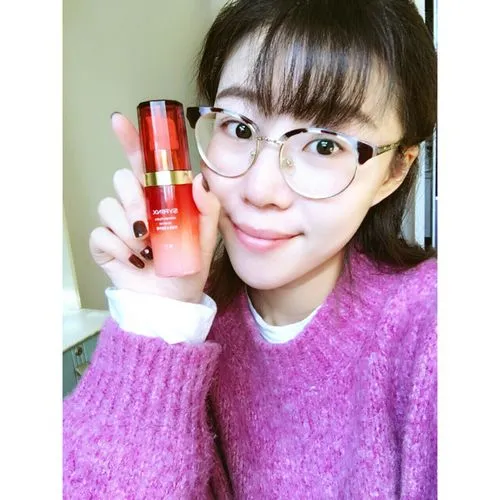
Read more
An evolution of the distribution channels
The share of online sales is increasing. Internet sales are now estimated at 6%, but this is the channel that has the highest growth.
It is therefore essential for brands to adapt their strategy to consumer trends and L’Oreal seems to have heard the message.
Points of sale will have to evolve to attract more consumers, that is why Sephora been working to position itself as an accessible but luxury shop and had adopted a logic of “premiumization “to attract more consumers.
Some of its shops are now “digital” and you can look for some products details on Ipad. They also put some machines that allow you thank special software to find the perfect scent according to your tastes.
Read more
Excellent future prospective for the active cosmetic segment
China is one of the most receptive markets for active cosmetics in the world. This kind of product helped to resolve “skin problems” whether wrinkles, tasks, blemishes, dryness, or any other problem related to pollution.
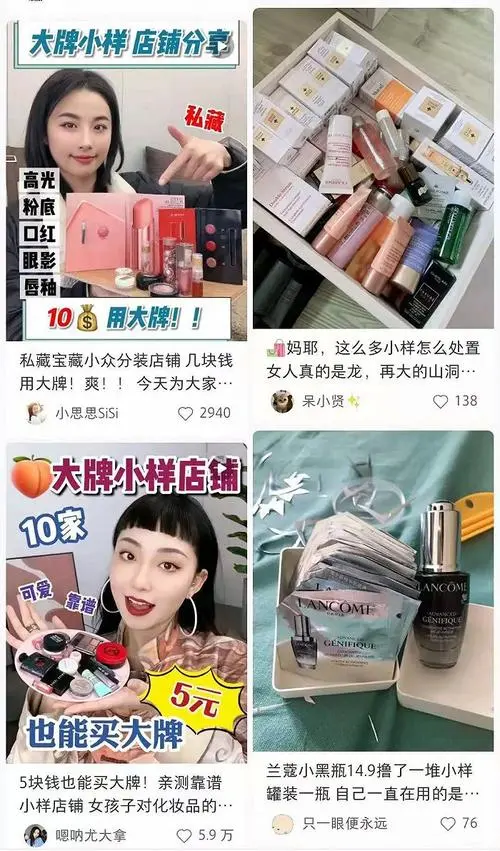
But why such a predisposition?
This is most likely due to cultural factors. In fact, starting from 20 years old in China, young Chinese women will begin to pay more attention to their facial care while it appears much later in Europe for example.
In addition, residents of the biggest cities are much more receptive to pollution problems.
The segment is well supported by strong demand from consumers looking for products that combine safety, efficiency, and innovation. Indeed, security is important for 74% of Chinese consumers when buying a beauty product.
L’Oréal believes in this market and relies heavily on its brands such as Vichy and La Roche Posay deemed to be good quality products. However, this segment is very competitive. Foreign brands are directly in competition with Chinese cosmetics brands like Herborist, the premium brand of Shanghai Jahwa Group created 100 years ago, using traditional Chinese medicine techniques greatly appreciated by customers.
Managing your online reputation, Always necessary in China
Before buying a new product, Chinese consumers must have confidence in it and this is especially true in the cosmetics industry. Many of them are looking at reviews on products on the Internet before purchasing any new products. RED, an online community platform with more than 1 million unique visitors a day has become a reflex for many consumers before buying a new beauty product. On this APP, girls can rate all the products and find beauty tips and testimonials
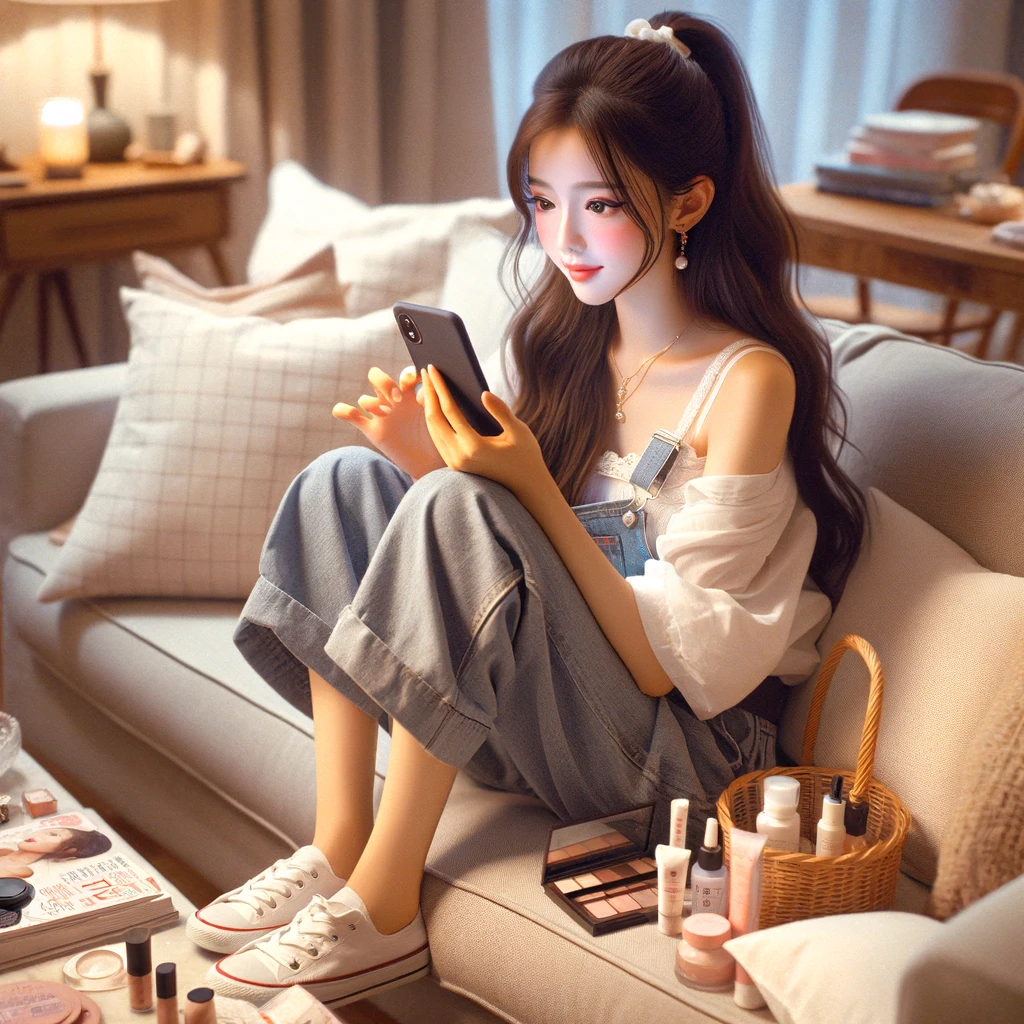
A real potential for the men market
Chinese men are less educated than women when we talked about cosmetics. There is therefore real educational work to do if you want to reach your customers. But the good news is that Chinese people are more receptive to beauty products than European men, and the forecast for the coming year is very good and encouraging.
Today it is estimated that only 10% of men are using cosmetics.
The Chinese cosmetics market is one of the markets with the most promising future. The figures and forecast are here to confirm it; by 2025 the market should catch up with the United States reaching 245 billion RMB and becoming the first market in the world.

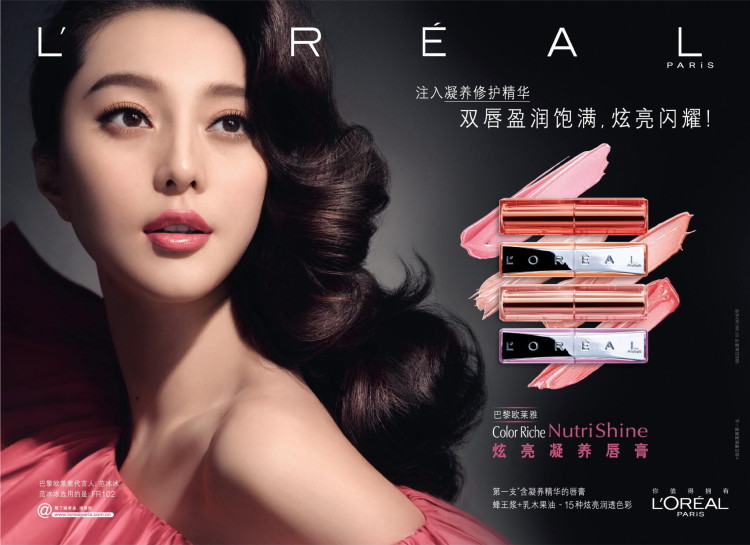
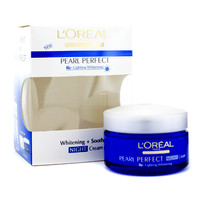



1 comment